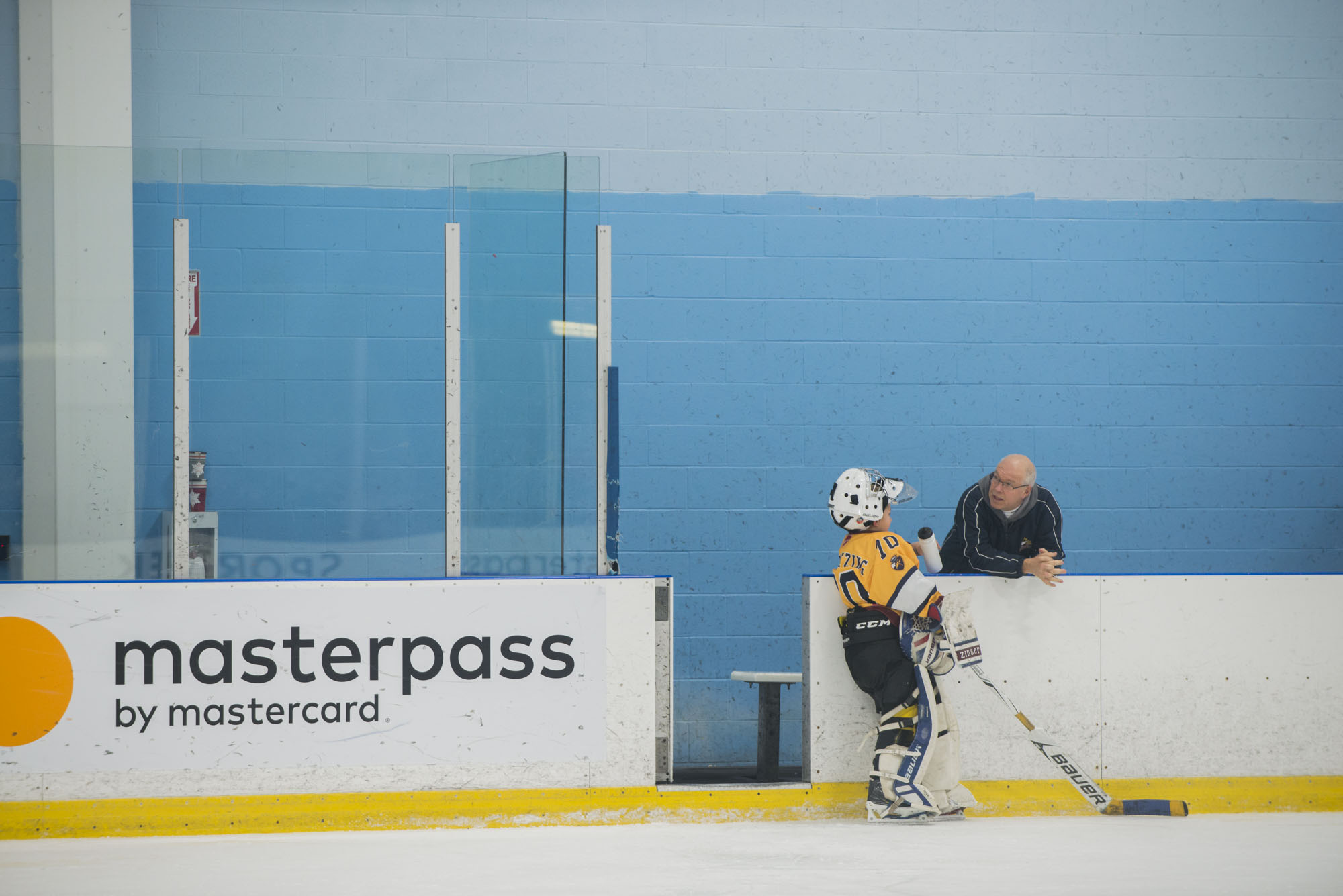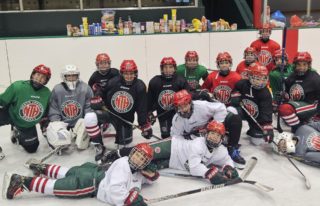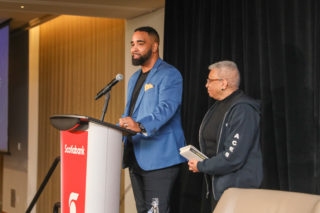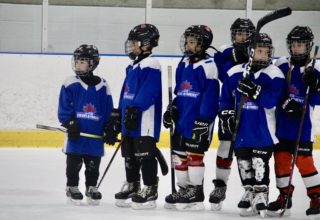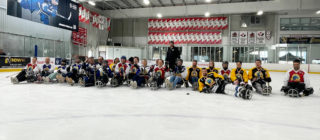How do conversations with parents and coaches impact an athlete’s coping skills?
After a tough game, the car ride home sometimes seems endless.
The tension can be excruciating. Frustration and disappointment fill the air. No one knows what to say, so no words are said. Those who risk a comment are often met with anger as the on-ice events continue to sink in.
It’s not always this way, but it also doesn’t have to be this way at all.
The car ride home is a valuable window of opportunity to not only digest what happened on the ice, but also for parents and children to develop their relationship. It also happens to be an area of interest for Katherine Tamminen, assistant professor at the University of Toronto.
“Very broadly, I’m just really interested in how we can improve young athletes’ experience in sport,” said Tamminen. “A lot of that comes back to working with parents and coaches because they’re such major influences in athletes’ experiences.”
Working with a group of Toronto-based athletes across hockey, figure skating and baseball, Tamminen and her team studied how the car ride home is perceived by both kids and parents. Their findings paint a picture of how that time frame can impact the parent-athlete relationship, for better or for worse.
“Parents and athletes have really varied experiences,” said Tamminen. “Some people really like the car ride home – they like getting into the nitty gritty of what happened in the game and pick apart every single play. Others don’t want to talk about it at all during the car ride home, they just want to decompress. They turn on the music, say ‘Oh well, that was a rough game,’ and they move on.”
If you’re the type that likes to chat, it’s all about how you do it.
“The tone that you’re using can really go a long way in improving or worsening that situation. It’s really about that tone of voice and what that setting feels like.”
Tamminen notes that there are no rules or guidelines to be followed by all, given the range of personalities and preferences involved. However, common themes did emerge in their research, namely that positivity reigns supreme.
“We heard from athletes that building in some positives is really important,” said Tamminen. “Some of the athletes said that they would get in the car and they wished that their parent would at least say one nice thing before laying into them, at least try to pick out some of the things that they did well because sometimes they just hear about all of the bad things that they’ve done.”
A cool-down period was also a popular suggestion. Tamminen recalled that many athletes were aware of the emotional dynamics involved in post-game conversations and tailored their behavior based on their parents’ emotions.
“I found it really interesting that the child recognizes that the parent’s not ready to talk about it yet,” said Tamminen. “Sometimes they would try to avoid the conversation because they’re trying to give their parent time to cool off.”
The relationship with a coach also weighs heavily on how a child experiences her time in minor sports. In many cases, a conversation with the coach is the first interaction a child has after key moments on the ice. As Tamminen and her team found, these conversations can contribute to how the athlete learns to cope with stress.
Let’s say a child makes a turnover that leads to a goal by the opposing team. How should a coach handle the situation when the athlete returns to the bench – inquire or confront? Saying “What were you seeing out there?” instead of shouting “What happened out there?” can make a world of difference.
“It’s a different kind of question that invites the athlete to share what he saw,” said Tamminen of the inquiring approach. “In both cases you’re trying to get the same information, but it’s a matter of how you phrase that question.”
One approach lets the athlete problem-solve and reflect on other options, while the other amplifies the frustration felt by both the player and coach (and likely everyone else on the bench).
“If the questions or comments made by the coach are less threatening and are more inviting, it can lead to a different outcome. It creates an opportunity for the athlete to develop his problem-solving skills and creates more versatility in that player.”
While many participants discussed how they deal with 7-0 losses, others shared lessons they aim to learn after 7-0 victories.
“You can use that opportunity to reinforce the values that you hope to instill in your child,” said Tamminen of how to help young athletes deal with success. “It’s a matter of taking the positives from negative situations, as well as positive situations.”
Finding the right way to talk about a bad shift or blowout win can lend to more meaningful conversations regarding matters outside of sport. Tamminen noted that children who felt supported by their parents felt more comfortable talking about things like school or friendships.
“Parents could also take the lessons that their athlete is learning in sport and translate that to other contexts,” said Tamminen. “So, dealing with a poor performance in sport and thinking about how you bounce back from that, parents might try to make some translation from that context to school.”
Next time you hop in the car after a game, remember that timing and tone can be the difference between an opportunity lost or a lesson learned.
